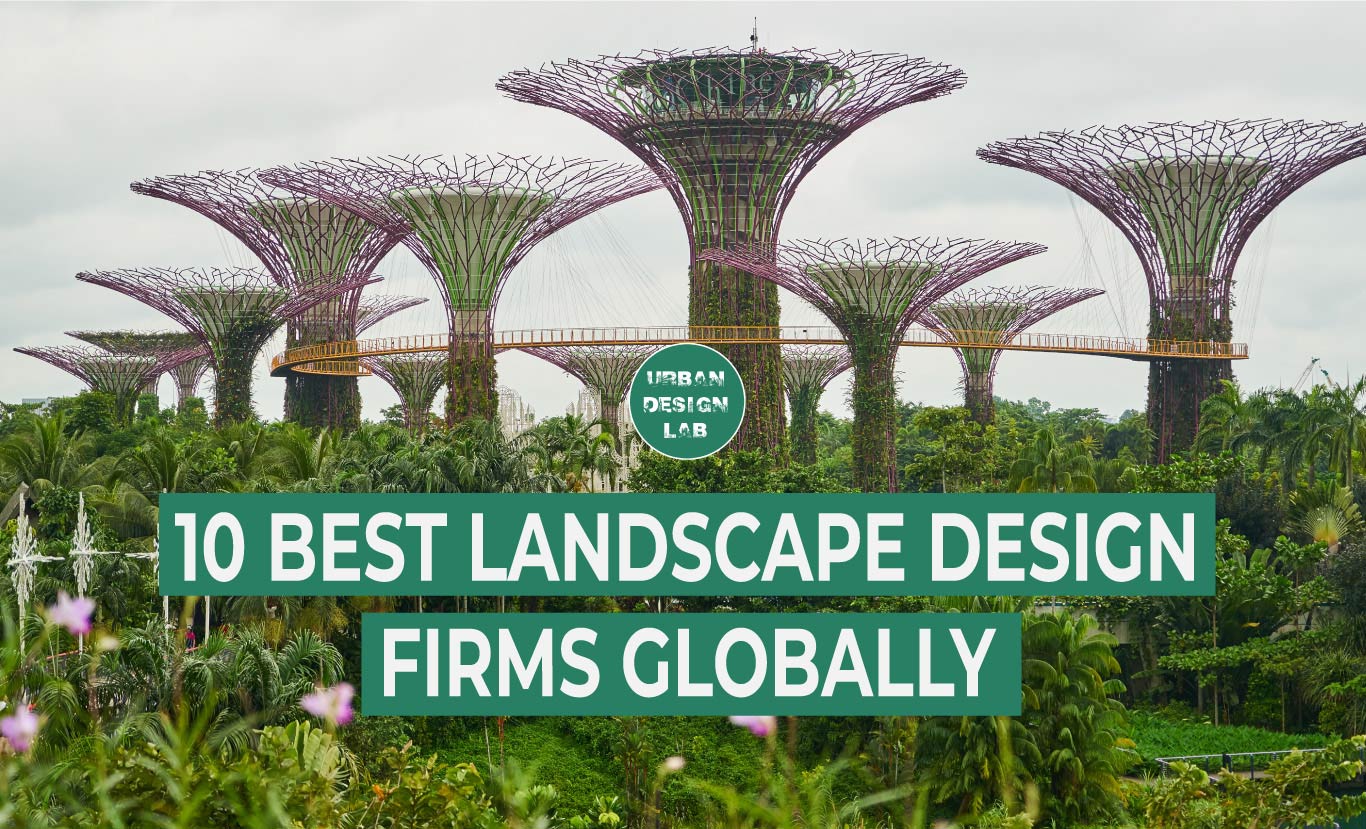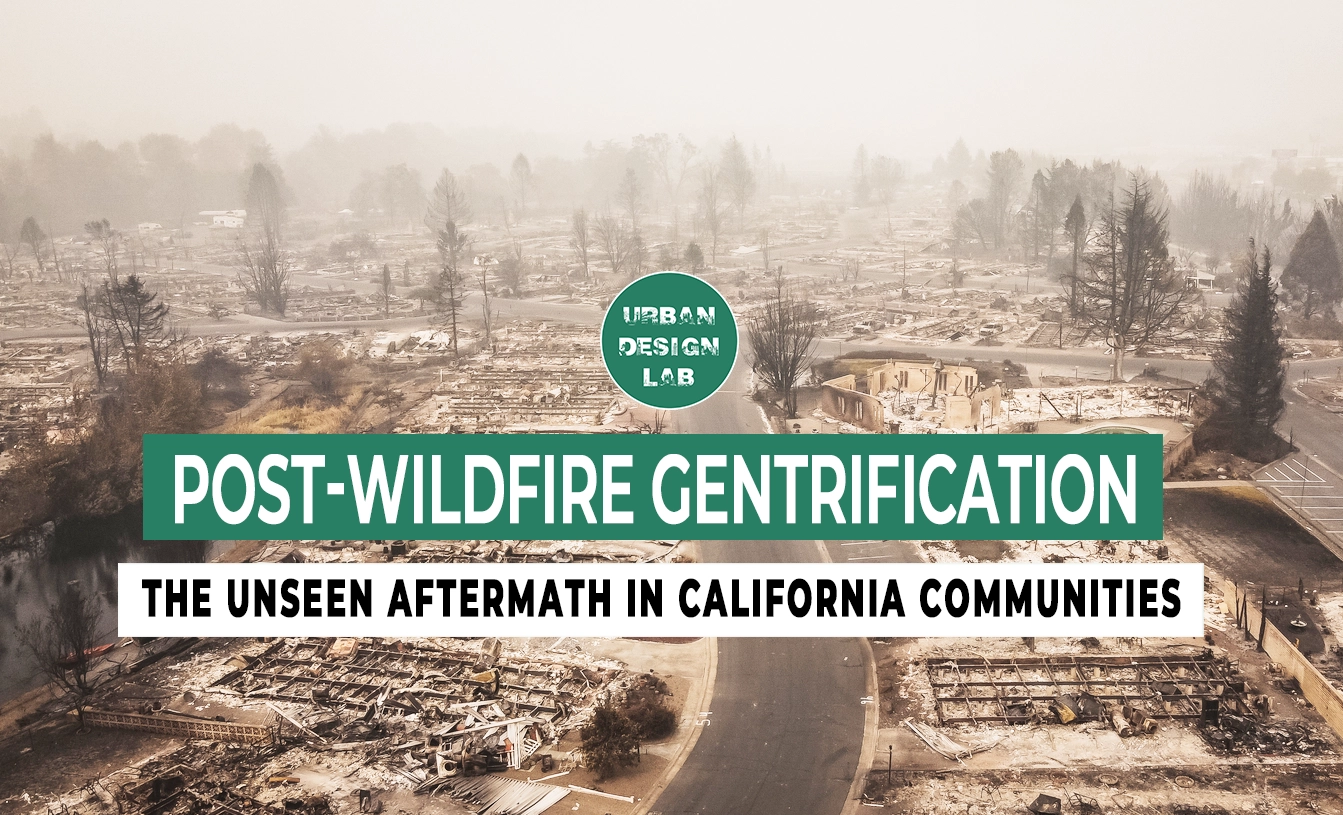
Book Review: Collage City by Colin Rowe and Fred Koetter

Collage City, written by Colin Rowe and Fred Koetter, is an influential work on urban planning and design theory. First published in 1978, the book offers a critical perspective on modernist urban planning and examines in depth the evolution of cities in historical context. Rowe and Koetter oppose the homogeneous and deterministic approaches of modernism and argue that cities should be planned in a diverse, flexible and layered manner.
The book argues that modernist approaches make cities sterile and identityless, and criticizes the ideal city models of modernist architects such as Le Corbusier. Rowe and Koetter argue that cities should be seen as collages and emphasize the importance of preserving historical and spatial diversity. They draw attention to the importance of flexibility and diversity in city planning, stating that these approaches will enable cities to better adapt to the dynamic and constantly changing structure.
“Collage City” also touches upon issues of spatial and social justice, arguing that cities should include mechanisms that balance social and economic differences. This work continues to be an essential reference source for those working in the field of urbanism and planning.
Collage City
Collage City, stands as a pivotal text in the discourse of urban design and architecture, offering a profound critique of modernist urban planning paradigms. The authors confront the deterministic, homogeneous frameworks of modernism, which prioritized idealized, top-down solutions that often failed to engage with the complexities of urban environments and the lived experiences of their inhabitants. Rowe and Koetter champion a more nuanced, contextually aware approach to city planning, advocating for what they describe as a “collage” methodology—one that recognizes cities as multifaceted, layered entities shaped by diverse historical, cultural, and social forces.
In contrast to the rigid formalism of modernism, Collage City argues for the integration of multiple urban narratives, proposing a design philosophy that embraces both the planned and the unplanned, the formal and the informal. By rejecting the utopian visions that dominated 20th-century architectural orthodoxy, the authors call for an urban design practice rooted in flexibility, adaptability, and contextual sensitivity. Their approach underscores the importance of acknowledging the inherent complexity of urban spaces, advocating for interventions that are responsive to the evolving needs of cities and their communities. Through this lens, Collage City remains a seminal work, offering critical insights into the ongoing challenges of creating more equitable, resilient, and vibrant urban environments.
Criticism of Modernism
At the core of Collage City lies a pointed critique of modernism’s failures in urban planning, where Colin Rowe and Fred Koetter expose the inadequacies of the movement’s utopian ambitions. The authors contend that modernist approaches, particularly those espoused by figures like Le Corbusier, result in sterile, monotonous, and soulless urban environments. These idealized city models, with their emphasis on rationality, functionalism, and large-scale planning, are criticized for their failure to engage with the complexity of human needs and social dynamics. By prioritizing rigid, top-down frameworks and uniformity, modernist planning stripped cities of their identity, reducing them to abstract, machine-like spaces that neglect the organic, lived realities of urban life. Rowe and Koetter’s critique underscores how such approaches overlook the intricacies of social interaction, cultural diversity, and the historical context that contribute to the vibrancy and richness of urban environments.

Source: Website Link
Collage Concept
One of the key conceptual contributions of Collage City is its advocacy for viewing cities as dynamic collages. Rowe and Koetter argue that the diverse layers and historical accumulations within cities should be preserved and celebrated. They see urban environments as rich tapestries, shaped by the coexistence of elements from various eras, cultures, and architectural styles. This collage approach rejects rigid, deterministic planning models, favoring instead a methodology that emphasizes flexibility, adaptation, and responsiveness to the organic evolution of cities. By embracing this multifaceted and pluralistic vision, Rowe and Koetter propose a city that evolves through the interplay of history, contemporary needs, and future possibilities, ensuring a vibrant and diverse urban fabric. This approach champions a more humanistic and context-sensitive urban planning ethos, one that recognizes cities as living entities shaped by the complexity of their inhabitants and environments.

Historical Context and Traditional Urbanism
Collage City discusses how the traditional city fabric can be a model for modern urbanism, giving examples from historical urbanism practices. Rowe and Koetter demonstrate that history offers invaluable lessons for contemporary urban planning, drawing on examples from a wide range of periods and cities, including ancient Rome, medieval Europe, Renaissance Italy, and 19th-century Paris. By examining these historical precedents, the authors show how the organic, human-scale qualities of these cities can inform more effective and livable modern urban environments. Traditional urbanism, with its emphasis on public spaces, mixed-use areas, and the layering of diverse architectural elements, provides a counterpoint to the often sterile and overly rationalized modernist city. In this context, historical urban planning practices offer critical insights into creating cities that are not only functional but also socially and aesthetically engaging, promoting a sense of community and place.

Flexibility and Diversity
The book emphasizes the importance of flexibility and diversity in urban planning. Rowe and Koetter believe that cities are dynamic and ever-changing structures and argue that planning should support this changing nature. This flexibility allows cities to better adapt to future needs and social changes. Additionally, diversity enables cities to appeal to different user groups and provide a more inclusive living environment.

Spatial and Social Justice
Collage City also addresses the crucial issues of spatial and social justice, emphasizing that urban planning should extend beyond the mere arrangement of physical spaces. Rowe and Koetter argue that cities must be designed with a commitment to social justice, ensuring that urban environments promote equitable access to resources, services, and opportunities for all citizens. They advocate for urban planning that actively incorporates mechanisms to balance social and economic disparities, rather than perpetuating divisions. This approach calls for planners to consider the broader social implications of their designs, ensuring that cities are inclusive, accessible, and responsive to the diverse needs of their inhabitants, thereby fostering a more just and cohesive urban fabric.

-1
Urban Design as a Reflection of Social Complexity
Rowe and Koetter’s work calls for an urbanism that mirrors the complexity of society itself. The authors recognize that cities are not static or homogeneous; they are comprised of different social, cultural, and economic groups, all of which interact within the urban fabric. Modernist planning, with its emphasis on uniformity and order, often failed to accommodate these variations. By proposing a “collage” model, the authors emphasize the need for urban environments that reflect the diversity and intricacies of urban life. Cities, they argue, should be designed with a sensitivity to their inhabitants’ different needs, desires, and experiences, allowing for a rich and layered urban experience that evolves organically over time.

Source: Website Link
Lasting Impact on Urban Theory
The influence of Collage City extends far beyond its critique of modernism. Its call for pluralism, contextual sensitivity, and adaptability has had a profound impact on subsequent generations of architects and urban planners. The book laid the groundwork for the rise of postmodernism in architecture, which sought to reintroduce complexity, contradiction, and historical reference into design. It also paved the way for contemporary discussions on sustainable urbanism, which emphasizes the importance of adaptability, local context, and social equity in planning and design. By advocating for cities that are both reflective of their past and responsive to future needs, Rowe and Koetter’s Collage City remains a vital text for anyone concerned with the future of urban environments.
-1
-1
-1
Conclusion
“Collage City” also touches on issues of spatial and social justice. Rowe and Koetter state that urban planning should not only be limited to physical space arrangements, but should also take into account social justice. They argue that cities should be planned to provide equal access opportunities to all citizens and include mechanisms to balance social and economic differences.
References
- Hatherley, O. (2020, April 3). Owen Hatherley on context. Architectural Review.
- Geometrein. (2021, January 26). Architectural context part 5: Colin Rowe & Fred Koetter. Medium.
- Ruddick, L. (2018, September 5). The plan game: The origins of Collage City. Looking at Cities.
- Chong, A. (2021). Collage Cities: A contemporary reading. Academia.
- Schrenk, M., Popovich, V. V., Zeile, P., & Elisei, P. (2009). Collage Cities: A contemporary reading.
- 14th International Conference on Urban Planning, Regional Development and Information Society.
- Kömez Dağlıoğlu, E. (2016). Karl Popper’s Architectural Legacy: An Intertextual Reading of Collage City. ODTÜ Mimarlık Fakültesi Dergisi, 33(1), 107–119.

Hazal Koç
About the author
Hazal Koç lives in Turkiye and is a 4th year student at Ted University. Department of Urban Regional Planning. In addition to her undergraduate degree, she is doing an additional major in world citizenship. In addition to her native language Turkish, spe speaks fluent English and intermediate German.
Related articles

UDL GIS
Masterclass
Gis Made Easy- Learn to Map, Analyse and Transform Urban Futures
Session Dates
15th-19th December 2025

Urban Design Lab
Be the part of our Network
Stay updated on workshops, design tools, and calls for collaboration
Curating the best graduate thesis project globally!

Free E-Book
From thesis to Portfolio
A Guide to Convert Academic Work into a Professional Portfolio”
Recent Posts
- Article Posted:
- Article Posted:
- Article Posted:
- Article Posted:
- Article Posted:
- Article Posted:
- Article Posted:
- Article Posted:
- Article Posted:
- Article Posted:
- Article Posted:
- Article Posted:
- Article Posted:
Sign up for our Newsletter
“Let’s explore the new avenues of Urban environment together “











































